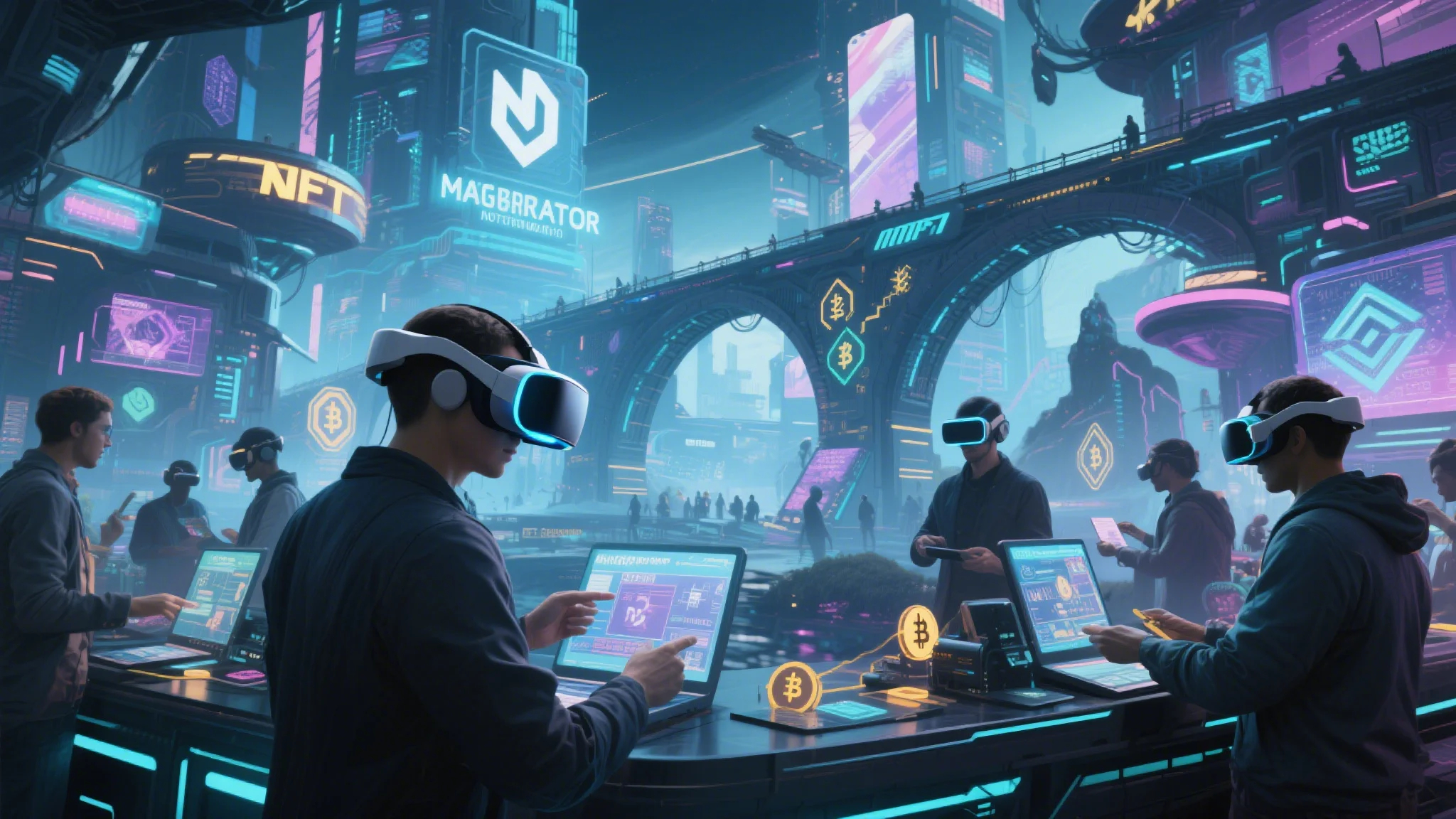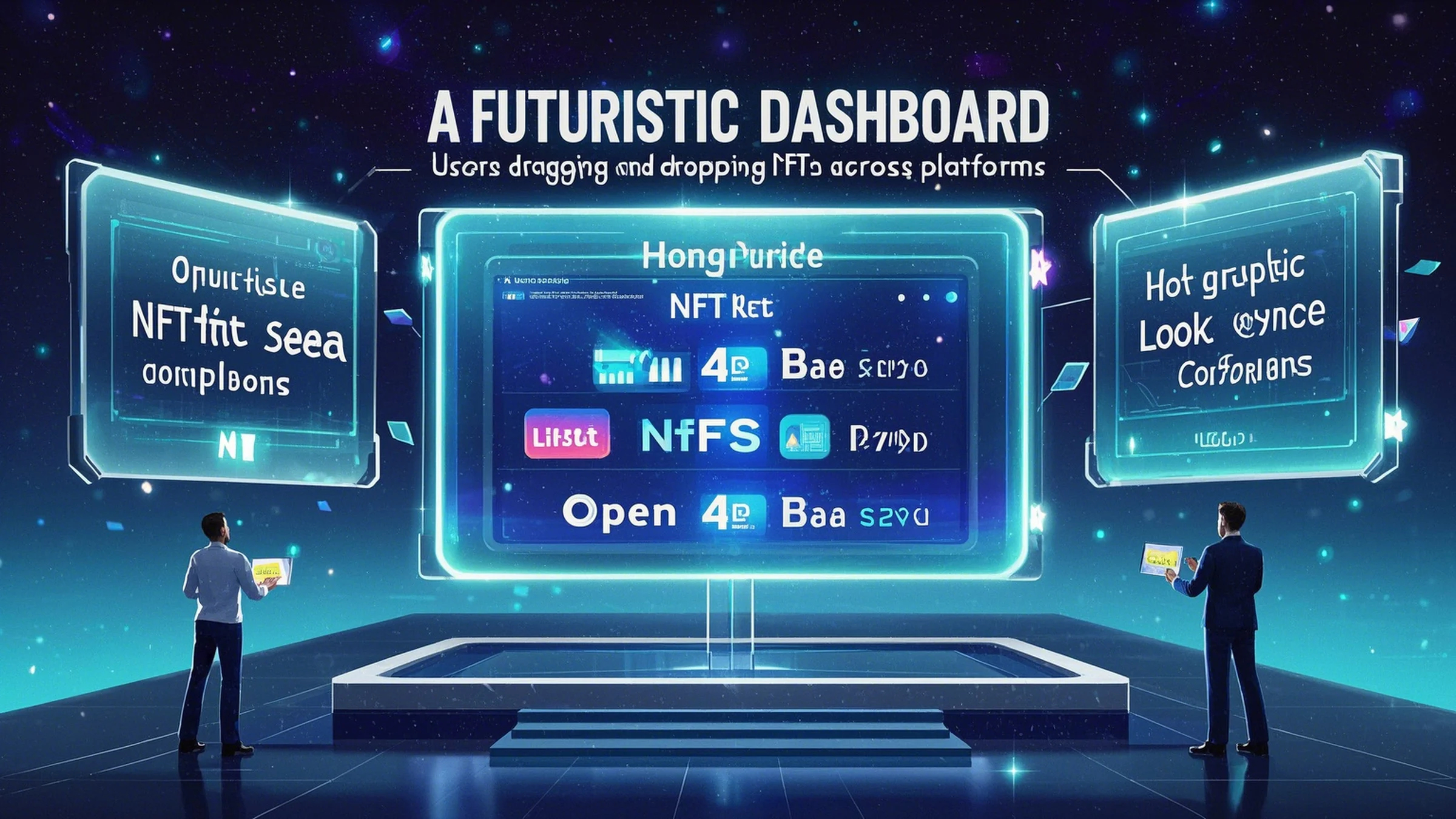The world of NFTs has exploded over the past few years, transforming the way we think about digital ownership. Non-Fungible Tokens (NFTs) have become more than just digital art; they represent a new era of ownership, creativity, and investment. At the heart of this revolution are NFT marketplaces, which have seen OpenSea dominate the scene. However, the emergence of aggregators like Blur has introduced a new dynamic, offering a more comprehensive and user-friendly approach to buying and selling NFTs.

Understanding NFT Aggregators
An NFT aggregator is a platform that consolidates multiple NFT marketplaces into a single interface. Think of it as a shopping mall for NFTs, where each store represents a different marketplace. These aggregators allow users to search, browse, and purchase NFTs from various sources without needing to navigate each platform individually. This convenience has made aggregators increasingly popular, especially as the NFT market continues to grow and fragment.
The Emergence of Blur
Blur, launched in 2022, quickly gained traction by positioning itself as a high-speed, low-fee marketplace. Its unique selling points include a focus on digital collectibles, such as tweets, domain names, and even virtual real estate. Blur’s model challenges traditional marketplaces like OpenSea by offering a more niche and efficient experience. The platform’s success lies in its ability to cater to sophisticated collectors and traders, who value speed and cost-effectiveness.
Why Aggregators Are Gaining Popularity
The rise of aggregators can be attributed to several factors. First, they simplify the NFT buying process, which can be overwhelming given the sheer number of marketplaces. By consolidating options, aggregators make it easier for users to find the NFTs they want without getting lost in the shuffle. Additionally, the lower fees and faster transactions offered by platforms like Blur appeal to both casual buyers and serious investors.
Blur’s Impact on OpenSea and the Future of NFTs
Disrupting OpenSea’s Dominance
OpenSea, once the undisputed king of NFT marketplaces, faces increasing competition from aggregators like Blur. While OpenSea offers a broad selection of NFTs, it has faced criticism for high gas fees and a cluttered interface. Blur, on the other hand, has carved out a niche by focusing on specific asset types and offering a sleeker, more efficient platform. This has drawn a dedicated user base, particularly among those looking for rare and high-value NFTs.
The Future of NFT Aggregators
As the NFT market evolves, aggregators are likely to play an increasingly important role. They provide a bridge between the diverse ecosystems of various marketplaces, making it easier for both new and experienced users to engage with the NFT space. The future may see more platforms adopting aggregator models or integrating aggregator features into their existing services.
Opportunities and Challenges
The rise of aggregators presents both opportunities and challenges. On the positive side, they promote competition and innovation, driving marketplaces to improve their offerings. However, there are concerns about market dominance and the potential for aggregator platforms to become too influential. Balancing these factors will be crucial as the NFT market continues to mature.
The emergence of NFT aggregators like Blur is reshaping the digital art and collectibles market, challenging the status quo set by platforms like OpenSea. By offering a more streamlined and efficient experience, aggregators are empowering users to explore the vast NFT landscape with greater ease and confidence. As the market evolves, the role of aggregators will only grow, making them a key player in the future of NFTs. Whether you’re a seasoned collector or a new investor, staying informed about these developments will be essential to navigating this exciting and ever-changing space.




